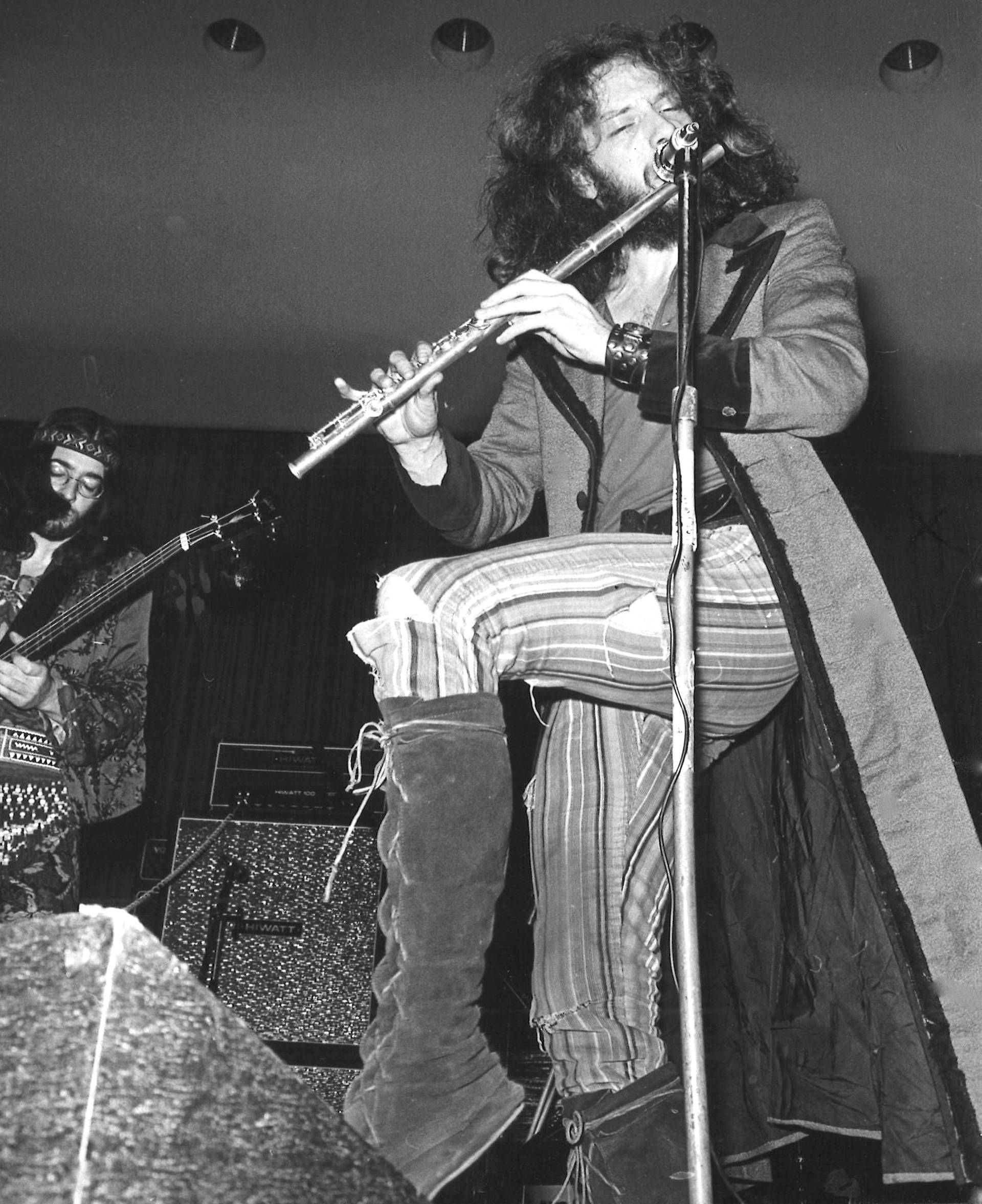|
Corn Exchange, King's Lynn
The Corn Exchange is a commercial building in Tuesday Market Place, King's Lynn, Norfolk, England. The structure, which was commissioned as a corn exchange and is now used as an events venue, is a Grade II listed building. History Until the mid-19th century, corn merchants in the town traded their goods in the open, with sacks piled in the paved area around the market cross. The market cross, which had become unstable, was demolished in 1830. In the mid-19th century, the civic leaders in King's Lynn decided to commission a purpose-built corn exchange: the site they selected had been occupied by Angel Inn in the 18th century and then by a market house, with butchers' stalls on the ground floor and a concert hall on the first floor, from 1834. The current building was designed by Frederick Haydon Cruso and Alfred William Maberley in the Baroque style, built in ashlar stone and was completed in 1854. The design involved a symmetrical main frontage of three bays facing onto Tuesday ... [...More Info...] [...Related Items...] OR: [Wikipedia] [Google] [Baidu] |
King's Lynn
King's Lynn, known until 1537 as Bishop's Lynn and colloquially as Lynn, is a port and market town in the borough of King's Lynn and West Norfolk in the county of Norfolk, England. It is north-east of Peterborough, north-north-east of Cambridge and west of Norwich. History Toponymy The etymology of King's Lynn is uncertain. The name ''Lynn'' may signify a body of water near the town – the Welsh word means a lake; but the name is plausibly of Old English, Anglo-Saxon origin, from ''lean'' meaning a Tenure (law), tenure in fee or farm. The 1086 Domesday Book records it as ''Lun'' and ''Lenn'', and ascribes it to the Bishop of Elmham and the Archbishop of Canterbury. The Domesday Book also mentions saltings at Lena (Lynn); an area of partitioned pools may have existed there at the time. The presence of salt, which was relatively rare and expensive in the early medieval period, may have added to the interest of Herbert de Losinga and other prominent Normans in the modest parish ... [...More Info...] [...Related Items...] OR: [Wikipedia] [Google] [Baidu] |
Baluster
A baluster () is an upright support, often a vertical moulded shaft, square, or lathe-turned form found in stairways, parapets, and other architectural features. In furniture construction it is known as a spindle. Common materials used in its construction are wood, stone, and less frequently metal and ceramic. A group of balusters supporting a guard railing, coping, or ornamental detail is known as a balustrade. The term baluster shaft is used to describe forms such as a candlestick, upright furniture support, and the stem of a brass chandelier. The term banister (also bannister) refers to a baluster or to the system of balusters and handrail of a stairway. It may be used to include its supporting structures, such as a supporting newel post. In the UK, there are different height requirements for domestic and commercial balustrades, as outlined in Approved Document K. Etymology According to the ''Oxford English Dictionary'', "baluster" is derived through the , from , from ' ... [...More Info...] [...Related Items...] OR: [Wikipedia] [Google] [Baidu] |
Commercial Buildings Completed In 1854
Commercial may refer to: * (adjective for) commerce, a system of voluntary exchange of products and services ** (adjective for) trade, the trading of something of economic value such as goods, services, information or money * a dose of advertising conveyed through media (such as radio or television) ** Radio advertisement ** Television advertisement * Two functional constituencies in elections for the Legislative Council of Hong Kong: **Commercial (First) **Commercial (Second) * ''Commercial'' (album), a 2009 album by Los Amigos Invisibles * Commercial broadcasting * Commercial style or early Chicago school, an American architectural style * Commercial Drive, Vancouver, a road in Vancouver, British Columbia, Canada * Commercial Township, New Jersey, in Cumberland County, New Jersey See also * * Comercial (other), Spanish and Portuguese word for the same thing * Commercialism Commercialism is the application of both manufacturing and consumption towards personal usage ... [...More Info...] [...Related Items...] OR: [Wikipedia] [Google] [Baidu] |
Corn Exchanges In England
Corn exchanges are distinct buildings which were originally created as a venue for corn merchants to meet and arrange pricing with farmers for the sale of wheat, barley, and other corn crops. The word "corn" in British English denotes all cereal grains, such as wheat and barley. With the repeal of the Corn Laws in 1846, a large number of corn exchanges were built in England, particularly in the corn-growing areas of Eastern England. However, with the fall in price of English corn as a result of cheap imports, corn exchanges mostly ceased to be built after the 1870s. Increasingly they were put to other uses, particularly as meeting and concert halls. Many found a new lease of life in the early 20th century as cinemas. Following the Second World War, many could not be maintained, and they were demolished. In the 1970s their architectural importance came to be appreciated, and most of the surviving examples are listed buildings. Most of the surviving corn exchanges have now been res ... [...More Info...] [...Related Items...] OR: [Wikipedia] [Google] [Baidu] |
Jethro Tull (band)
Jethro Tull are a British Rock music, rock band formed in Blackpool, Lancashire in 1967. Initially playing blues rock and jazz fusion, the band soon incorporated elements of English folk music, hard rock and classical music, forging a signature progressive rock sound. The group's founder, bandleader, principal composer, lead vocalist, and only constant member is Ian Anderson, a multi-instrumentalist who mainly plays flute and acoustic guitar. The group has featured a succession of musicians throughout the decades, including significant contributors such as guitarists Mick Abrahams and Martin Barre (with Barre being the longest-serving member besides Anderson); bassists Glenn Cornick, Jeffrey Hammond, John Glascock, Dave Pegg, Jonathan Noyce, and David Goodier; drummers Clive Bunker, Barriemore Barlow, Barrie "Barriemore" Barlow and Doane Perry; and keyboardists John Evan, Dee Palmer, Eddie Jobson, Peter-John Vettese, Andrew Giddings, and John O'Hara. The band achieved moderate ... [...More Info...] [...Related Items...] OR: [Wikipedia] [Google] [Baidu] |
Ian Anderson
Ian Scott Anderson (born 10 August 1947) is a British musician best known for being the chief vocalist, Flute, flautist, and acoustic guitarist of the British rock band Jethro Tull (band), Jethro Tull. He is a multi-instrumentalist who also plays harmonica, keyboard, bass guitar, bouzouki, balalaika, saxophone and a variety of whistles. His solo work began with ''Walk into Light'' in 1983; since then he has released another five albums, including the sequel to the 1972 Jethro Tull album ''Thick as a Brick'', titled ''Thick as a Brick 2, TaaB 2: Whatever Happened to Gerald Bostock?'' (2012). Early life Ian Anderson was born in Dunfermline, Fife, Scotland, the youngest of three brothers, to an English mother and a Scottish father. Anderson said, "I am a Brit. I'm a Brit. I see myself as a product of that union." His father, James Anderson, ran the RSA Boiler Fluid Company in East Port, Dunfermline. Anderson's family moved to Edinburgh when he was three. He was influenced by his ... [...More Info...] [...Related Items...] OR: [Wikipedia] [Google] [Baidu] |
Ultravox
Ultravox (earlier styled as Ultravox!) were a British new wave band, formed in London in April 1974 as Tiger Lily. Between 1980 and 1986, they scored seven Top Ten albums and seventeen Top 40 singles in the UK, the most successful of which was their 1981 hit "Vienna". From 1974 until 1979, singer John Foxx was frontman and the main driving force behind Ultravox. Foxx left the band in March 1979 to embark on a solo career. Midge Ure took over as lead singer, guitarist and frontman after he and keyboardist Billy Currie worked on the studio project Visage. Ure revitalised the band and steered it to commercial chart success lasting until 1987, at which time the group disbanded. A new line-up, led by Currie, was formed in 1992, but achieved limited success with two albums failing to chart and one solitary single reaching 90 in the UK Singles Chart. The band's best-known line-up of Currie, Ure, bassist Chris Cross and drummer Warren Cann re-formed in 2008 and performed a serie ... [...More Info...] [...Related Items...] OR: [Wikipedia] [Google] [Baidu] |
Midge Ure
James "Midge" Ure (; born 10 October 1953) is a Scottish singer-songwriter and record producer. His stage name, Midge, is a phonetic reversal of Jim. Ure enjoyed particular success in the 1970s and 1980s in bands including Slik, Thin Lizzy, Rich Kids, Visage, and as the second bandleader of Ultravox after John Foxx had left, carrying the band into the high charts positions for the six following years before disbanding it. In 1984, he co-wrote and produced the charity single "Do They Know It's Christmas?" putting together for the occasion the supergroup Band Aid. The single has sold 3.7 million copies in the UK at first release, and has become a staple of Christmas songs compilations ever since. The song is the second-highest-selling single in UK chart history. Ure co-organised Band Aid and the events Live Aid and Live 8 with Bob Geldof. He acts as a trustee for the charity and also serves as an ambassador for Save the Children. Ure is the producer and writer of several ... [...More Info...] [...Related Items...] OR: [Wikipedia] [Google] [Baidu] |
Nikolaus Pevsner
Sir Nikolaus Bernhard Leon Pevsner (30 January 1902 – 18 August 1983) was a German-British art historian and architectural historian best known for his monumental 46-volume series of county-by-county guides, ''The Buildings of England'' (1951–74). Life Nikolaus Pevsner was born in Leipzig, Kingdom of Saxony, Saxony, the son of Anna and her husband Hugo Pevsner, a Russian-Jewish fur merchant. He attended St. Thomas School, Leipzig, and went on to study at several universities, Ludwig Maximilian University of Munich, Munich, Humboldt University of Berlin, Berlin, and Goethe University Frankfurt, Frankfurt am Main, before being awarded a doctorate by Leipzig University, Leipzig in 1924 for a thesis on the Architecture of Leipzig#Leipzig bourgeois town houses and oriel windows of the Baroque era, Baroque architecture of Leipzig. In 1923, he married Carola ("Lola") Kurlbaum, the daughter of distinguished Leipzig lawyer Alfred Kurlbaum. He worked as an assistant keeper at the Ge ... [...More Info...] [...Related Items...] OR: [Wikipedia] [Google] [Baidu] |
Ceres (mythology)
In ancient Roman religion, Ceres ( , ) was a goddess of agriculture, grain crops, fertility and motherly relationships.Room, Adrian, ''Who's Who in Classical Mythology'', p. 89-90. NTC Publishing 1990. . She was originally the central deity in Rome's so-called plebeian or Aventine Triad, then was paired with her daughter Proserpina in what Romans described as "the Greek rites of Ceres". Her seven-day April festival of Cerealia included the popular '' Ludi Ceriales'' (Ceres' games). She was also honoured in the May lustration (''lustratio'') of the fields at the Ambarvalia festival: at harvesttime: and during Roman marriages and funeral rites. She is usually depicted as a mature woman. Ceres is the only one of Rome's many agricultural deities to be listed among the Dii Consentes, Rome's equivalent to the Twelve Olympians of Greek mythology. The Romans saw her as the counterpart of the Greek goddess Demeter,''Larousse Desk Reference Encyclopedia'', The Book People, Haydock, ... [...More Info...] [...Related Items...] OR: [Wikipedia] [Google] [Baidu] |
Parapet
A parapet is a barrier that is an upward extension of a wall at the edge of a roof, terrace, balcony, walkway or other structure. The word comes ultimately from the Italian ''parapetto'' (''parare'' 'to cover/defend' and ''petto'' 'chest/breast'). Where extending above a roof, a parapet may simply be the portion of an exterior wall that continues above the edge line of the roof surface, or may be a continuation of a vertical feature beneath the roof such as a fire wall or party wall. Parapets were originally used to defend buildings from military attack, but today they are primarily used as guard rails, to conceal rooftop equipment, reduce wind loads on the roof, and to prevent the spread of fires. Parapet types Parapets may be plain, embattled, perforated or panelled, which are not mutually exclusive terms. *Plain parapets are upward extensions of the wall, sometimes with a coping at the top and corbel below. *Embattled parapets may be panelled, but are pierced, if not ... [...More Info...] [...Related Items...] OR: [Wikipedia] [Google] [Baidu] |







